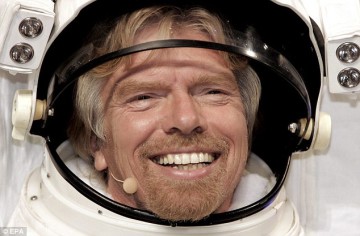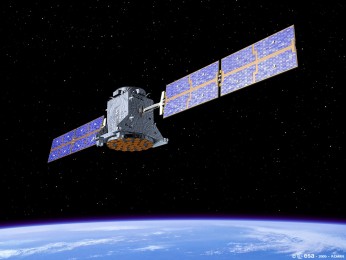 Virgin Galactic’s Richard Branson announced plans to launch as many as 2,400 micro satellites in an effort to set up a constellation capable of bringing broadband communications to millions of people who do not have it.
Virgin Galactic’s Richard Branson announced plans to launch as many as 2,400 micro satellites in an effort to set up a constellation capable of bringing broadband communications to millions of people who do not have it.
Beardie said he plans to launch a low-earth-orbit satellite constellation of 648 satellites to get the project rolling. The internet will be available through a company called OneWeb.
OneWeb is backed by Qualcomm for this planned world-wide Internet service. OneWeb said it plans to work with local partners to provide access. OneWeb terminals act as small cells with the ability to provide access to the surrounding area via a WiFi, LTE, 3G or 2G connection using an operator partner’s licensed spectrum, or only LTE or WiFi on unlicensed spectrum.
Writing in his bog, Beardie said that Virgin is working to build a two-stage rocket, known as LauncherOne that would air-launch launch from the company’s existing WhiteKnightTwo aircraft at about 45,000 to 50,000ft.
WhiteKnightTwo was part of the Virgin Galactic’s space tourism venture which had a major setback in October when the spaceship it launched crashed killing one pilot and injuring the other. However, this one uses a different launcher technology.
LauncherOne will be built using advanced composite structures, and powered by a new family of LOX/RP-1 liquid rocket engines. Each LauncherOne mission will be capable of delivering as much as 225 kilograms (500 pounds) to a low inclination Low Earth Orbit or 120 kilograms (265 pounds) to a high-altitude Sun-Synchronous Orbit, for a price of less than $10M, Beardie wrote.
He said that this was a very efficient way of getting satellites into space. Virgin can take off every three or four hours.
The first batch of satellites will cost around $2 billion which will be very competitive on price, as far as the end-user is concerned.
“We believe that the break-even of this is not enormous. We feel it makes sense economically as well.”








